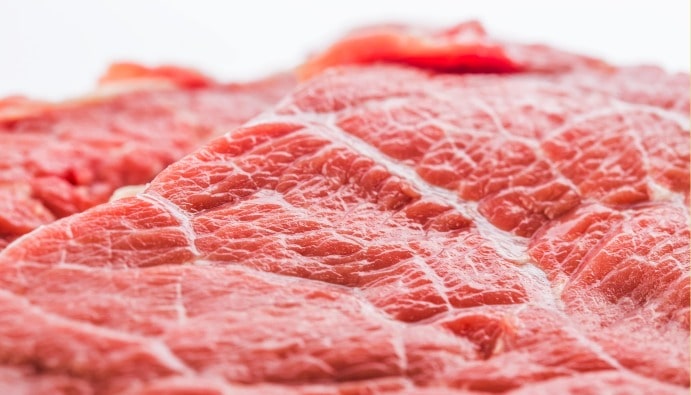Nitrate and Nitrite Analysis
Nitrate and Nitrite Analysis

Nitrate and nitrite are substances that are restricted in use in foods, especially due to their negative effects on human health. It is used to prevent the development of microorganisms in meat products, especially pathogenic bacteria of the genus Clostridium.
The main source of nitrate in our diet is green leafy vegetables. Depending on the amount of nitrogen in the soil, the amount of nitrate in the vegetables grown varies. Vegetables grown in soils with high nitrogen content have high nitrate content.
Nitrate is the end product of the biochemical oxidation of organic nitrogen. Nitrate ions, which do not have a direct toxic effect, are converted into harmful nitrite ions by bacterial nitrate reductase activity. Nitrite prevents or reduces the oxygen transport of the blood. "Blue Baby Syndrome", which is a dangerous situation especially for children, may occur.
Apart from these disadvantages, it reacts with secondary amines and causes the formation of potentially carcinogenic, mutagenic or teratogenic compounds such as nitrosamines.
Nitrate is used to give a special color, taste and aroma to cured meat. It prevents the growth of Moraxella, Flavobacterium, Pseudomonas, Enterobacter and Escherichia bacteria in environments with pH 5.7 – 6.0.
The amount of nitrate that can be used in foods is limited by the Turkish Food Codex.
